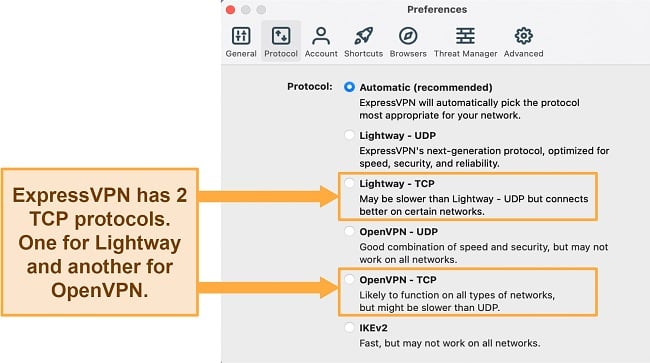Featured
Table of Contents
Steps For A Better Vpn Rollout And Troubleshooting

The Routing and Remote Access snap-in lives within the Microsoft Management Console, called the MMC. There are numerous ways to access the MMC. You can select the console from the Start menu's Programs choices, within the Administrative Tools folder within Windows server's Control board or by typing mmc at a command timely.
As Tech, Republic's Brandon Vigliarolo demonstrates within his video at the start of this post, the Services console displays the status of the Routing and Remote Access entry. From within the Services console and with the Routing and Remote Gain access to entry highlighted, you can click Start the Service or right-click the entry and choose Restart.
Sometimes the VPN customer and VPN server are set to using various authentication methods. Validate whether an authentication mistake is the problem by opening the server console. Yet another method of accessing the MMC is to type Control+R to open a command prompt in which you can type mmc and struck Enter or click OK.
If the entry isn't present, click File, choose Add/Remove Snap-in, select the Routing and Remote Access choice from the options and click Add, then OK. With the Routing and Remote Access snap-in added, right-click on the VPN server and click Residences. Then, examine the Security tab to confirm the authentication technique.
Remote Access (Vpn And Aovpn) Troubleshooting Guidance
Ensure the VPN customer is set to the authentication technique defined within the Security tab. Usually the items just reviewed are accountable for many VPN connection refusal mistakes.
IP addresses are another basic component for which administration must be appropriately set. Each Web-based VPN connection generally utilizes 2 various IP addresses for the VPN client computer system. The first IP address is the one that was appointed by the customer's ISP. This is the IP address that's utilized to develop the preliminary TCP/IP connection to the VPN server online.

This IP address normally possesses the same subnet as the regional network and therefore allows the customer to interact with the local network. When you established the VPN server, you should set up a DHCP server to assign addresses to customers, or you can develop a bank of IP addresses to designate to clients straight from the VPN server.


If this alternative is selected and the efficient remote access policy is set to enable remote access, the user will have the ability to connect to the VPN. Although I have actually been unable to re-create the situation personally, I have heard rumors that a bug exists in older Windows servers that can trigger the connection to be accepted even if the effective remote access policy is set to reject a user's connection.
Secure Ssl Vpn - Troubleshooting Guide

Another common VPN issue is that a connection is effectively developed however the remote user is not able to access the network beyond the VPN server. By far, the most typical cause of this problem is that authorization hasn't been approved for the user to access the entire network. To allow a user to access the whole network, go to the Routing and Remote Access console and right-click on the VPN server that's having the issue.
At the top of the IP tab is an Enable IP Routing check box. If this check box is made it possible for, VPN users will have the ability to access the rest of the network, assuming network firewall programs and security-as-a-service settings allow. If the checkbox is not picked, these users will have the ability to access only the VPN server, however absolutely nothing beyond.
If a user is calling straight into the VPN server, it's usually best to set up a fixed route between the customer and the server. You can set up a static route by going to the Dial In tab of the user's homes sheet in Active Directory site Users and Computers and picking the Apply A Static Path check box.
Click the Include Path button and then get in the destination IP address and network mask in the area supplied. The metric should be left at 1. If you're utilizing a DHCP server to assign IP addresses to clients, there are a couple of other problems that might cause users not to be able to exceed the VPN server.
Vpn Not Working On Windows - Common Errors & Fixes
If the DHCP server designates the user an IP address that is already in use elsewhere on the network, Windows will find the dispute and avoid the user from accessing the remainder of the network. Another typical problem is the user not getting an address at all. The majority of the time, if the DHCP server can't designate the user an IP address, the connection will not make it this far.
254.x. x variety. If the client is appointed an address in a range that's not present within the system's routing tables, the user will be not able to navigate the network beyond the VPN server. Other problems can contribute to this issue, too. Make sure the resources the user is trying to access are actually on the network to which the user is connecting.
A VPN connection to the other subnet might, in reality, be needed. A firewall software or security as a service solution might also be to blame, so do not forget to review those services' settings, if such components are present between the VPN server and the resources the user looks for to reach.
The very first possibility is that one or more of the routers included is performing IP packet filtering. I recommend checking the client, the server and any makers in between for IP packet filters.
Latest Posts
Best Vpn For Business
What Is A Vpn?
Best Vpns For Small Businesses (2023)